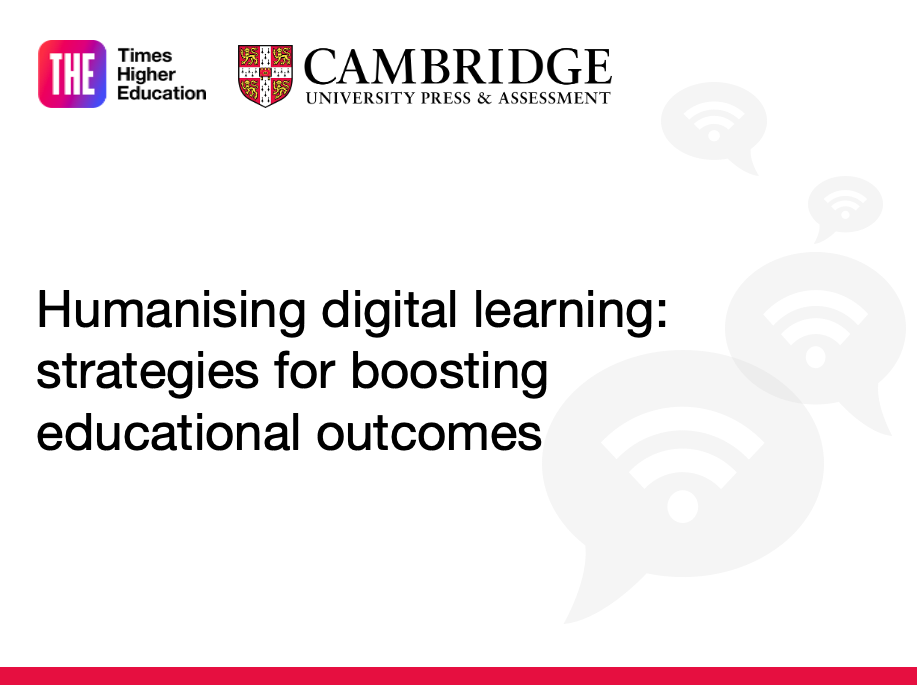
Use a social approach to boost language learning
In my experience teaching intermediate Chinese at university, I’ve noticed students tend to view traditional class and homework-based language acquisition as work. Gaining knowledge through social activities, on the other hand, they consider fun. Fortunately, when teaching languages, we can use conversation and question-and-answer sessions, among other activities, to boost learning. These engage students in ways that traditional methods do not.
Below are some ways I build students’ knowledge and skills through structured social activities. Done within a meaningful context, these help them learn to express their thoughts naturally and accurately.
Lay the foundation for structured social activities
To set the stage for structured social activities that support language learning, at the beginning of class, I introduce myself in Chinese and encourage students to follow my lead. Information I ask them to share includes their nationality, academic experiences, hobbies and goals. In doing this, we create a bank of student-specific information that we can all draw from in activities during the rest of the semester. Students’ participation in group work, presentations, question-and-answer sessions and discussions builds on this bank of information.
You can introduce new words and structures using the details students share, making the learning material more relatable than what you’d find in a textbook. You can also use the information to shape learning activities, such as new word practice, or role play on a topic relevant to students. The information you select for activities and its repetition helps students remember facts about one another and build on them as the semester progresses.
Tailor your questions for deeper engagement
It is unsurprising that students find learning how to structure questions and responses in a new language more engaging when we tailor questions to their experiences and interests. Based on the information students share at the beginning of the semester or during class activities that follow, I ask students the question: “What is your ideal occupation and why?” to help them practise the appropriate sentence structures. You should pay attention to individual students’ responses by asking follow-up questions in discussions or question-and-answer sessions. This exercise can move students from basic conversation to a more complex level of social interaction in which they can understand how to present themselves and interact with others naturally in the language they’re learning.
During question-and-response sessions, give students new words or sentence structures and challenge them to use them when asking each other questions. Start by asking a student a relevant question, let them answer then pick someone to ask another student a question using the same vocabulary or sentence structures. Whoever answers must then ask someone else a question. In group work, you or the students should select a team leader. The leader initiates questions for the whole discussion. They must incorporate what they know or want to know about others when forming their questions. If students formulate their own questions for you, your response should apply the new language structure so that students can then compare their answers to yours.
- Resource collection: Show time: how to be an engaging teacher
- Build your teaching presence to better engage students
- The rise and rise of the lecture-tainer
Provide students with immediate, tailored feedback
Explicit and immediate feedback with clear explanations of errors and how to fix them stimulates and reinforces learning. During a spoken interaction with a student, you can provide tailored feedback when correcting linguistic mistakes, such as incorrect sentence structure, by responding to their response with another sentence relevant to the student that demonstrates the correct sentence structure. When doing this, think back to personal information the student has shared previously to make the answer more memorable.
Another way to provide constructive feedback is to encourage students to answer your question with the same question so they get a response that’s linguistically correct. For example, if a student gets the sentence structure for why they chose an ideal occupation wrong, you could ask “Do you want to know what my ideal occupation is and why?” The student would then have to respond by saying: “No, what is your ideal occupation and why?” and hear your linguistically accurate response. In my experience, when I provide opportunities for students to compare different sentence structures in social class activities, students become more aware of their mistakes and learn actively through self-correction.
Overall, using social activities fosters a more dynamic and meaningful connection between students and the language they’re learning. Student introductions and ongoing social activities help create a bank of information you can use to create engaging structured social learning opportunities. Correcting linguistic errors in a way that’s tailored to each student reinforces language learning and encourages self-correction.
Yanfang Si is senior lecturer in the Modern Language Centre at Xi’an Jiaotong-Liverpool University.
If you would like advice and insight from academics and university staff delivered direct to your inbox each week, sign up for the Campus newsletter.




